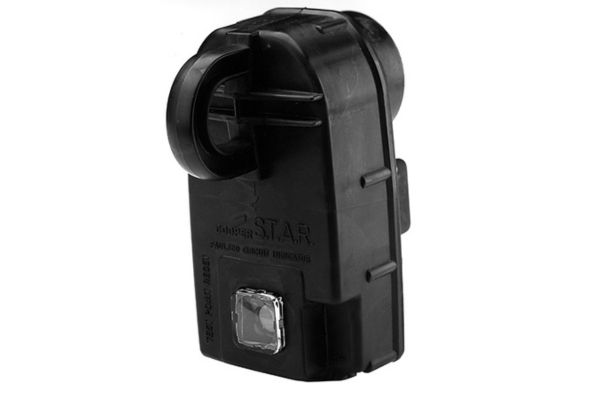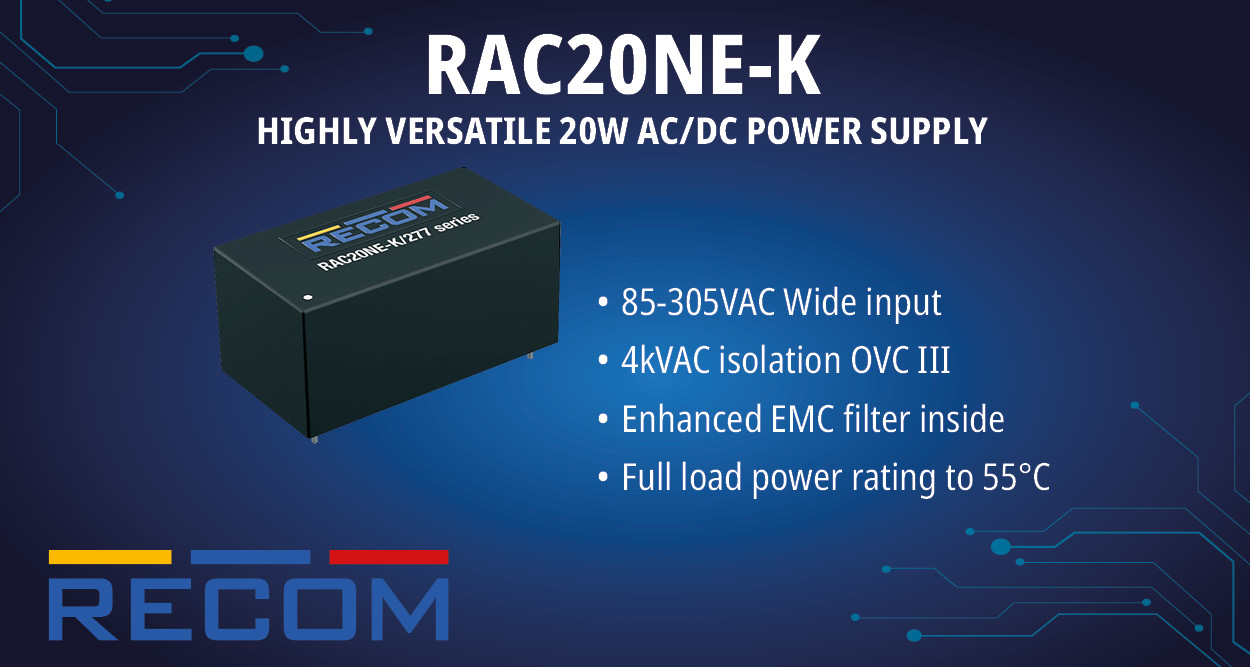As electrical grids become increasingly complex, ensuring reliability and safety is more critical than ever. Fault circuit indicators (FCIs) play a vital role in power distribution systems by detecting and locating faults in real time, minimizing downtime, and preventing damage to critical infrastructure. With advancements in sensor technology, wireless communication, and data analytics, modern FCIs are revolutionizing fault detection, enabling utilities to enhance grid resilience and operational efficiency. This article explores the latest innovations in fault circuit indicator technology and their impact on power grid reliability and safety. According to the Consegic Business Intelligence report,
Fault Circuit Indicator Market size is estimated to reach over USD 1,149.76 Million by 2032 from a value of USD 768.82 Million in 2024 and is projected to grow by USD 794.79 Million in 2025, growing at a CAGR of 5.2% from 2025 to 2032.
Next-Generation Fault Detection and Real-Time Monitoring :
Traditional FCIs primarily relied on simple electromechanical mechanisms to detect overcurrent conditions. However, modern FCIs now integrate advanced sensor technologies, including current transformers, Rogowski coils, and fibre optic sensors, to improve fault detection accuracy. These sensors allow for precise measurement of current, voltage, and temperature variations, enabling utilities to identify transient and permanent faults with greater reliability.
One of the most significant advancements in fault detection is the integration of artificial intelligence (AI) and machine learning algorithms. These technologies analyse historical grid data to distinguish between normal operational fluctuations and actual faults, reducing false alarms. Additionally, AI-driven FCIs can predict potential faults before they occur by detecting anomalies in load patterns, allowing for proactive maintenance and grid optimization.
Wireless Communication and IoT Integration :
The shift towards smart grid technology has driven the need for wireless fault circuit indicators, which utilize IoT (Internet of Things) connectivity to transmit real-time fault data to central control systems. Modern FCIs are now equipped with 4G/5G, LoRa, and RF (radio frequency) communication modules, enabling seamless remote monitoring and reducing the need for manual inspections.
By integrating with supervisory control and data acquisition (SCADA) systems and distributed energy resource management systems (DERMS), these FCIs provide utilities with a comprehensive view of grid health. In the event of a fault, utilities can quickly isolate affected sections, reroute power, and dispatch maintenance crews with precise location data, significantly reducing outage durations.
Another key development is the use of cloud-based analytics platforms, which aggregate data from multiple FCIs across the grid. These platforms utilize big data analytics and predictive modelling to enhance fault localization and improve decision-making processes for utility operators.
Enhancing Grid Safety and Reducing Downtime :
Faults in electrical distribution systems can lead to power outages, equipment damage, and even fire hazards. By deploying next-generation FCIs, utilities can minimize the risk of cascading failures and enhance overall grid safety. Modern FCIs are designed with self-diagnostic capabilities, allowing them to detect sensor malfunctions and recalibrate in real time, ensuring consistent performance.
Additionally, battery-powered and energy-harvesting FCIs are gaining traction, eliminating the need for external power sources. These devices extract energy from power lines or utilize solar charging, ensuring continuous operation even in remote locations. This advancement is particularly beneficial for rural electrification projects and hard-to-reach areas where traditional FCIs may be difficult to install and maintain.
The Future of Fault Circuit Indicator Technology :
As smart grids continue to evolve, autonomous FCIs with self-learning capabilities will play a crucial role in enhancing grid resilience. Future developments may include block chain-based security protocols to protect fault data from cyber threats, as well as edge computing solutions to enable faster fault analysis directly at the source.
Moreover, advancements in distributed energy resources (DERs) and renewable energy integration will drive the need for more adaptive FCIs that can differentiate between faults and fluctuations caused by solar, wind, and battery storage systems. These intelligent FCIs will support a more dynamic and efficient energy distribution system, paving the way for a smarter, safer, and more resilient power grid.
Conclusion :
Advancements in fault circuit indicator technology are transforming the power industry by enhancing grid reliability, reducing downtime, and improving safety. With innovations in AI-driven fault detection, wireless IoT integration, and self-powered FCIs, utilities can operate more efficiently while ensuring rapid fault resolution. As smart grid technology continues to advance, next-generation FCIs will remain at the forefront of modernizing power distribution, ensuring a stable and secure energy future.
Source: Fault Circuit Indicator Market
















